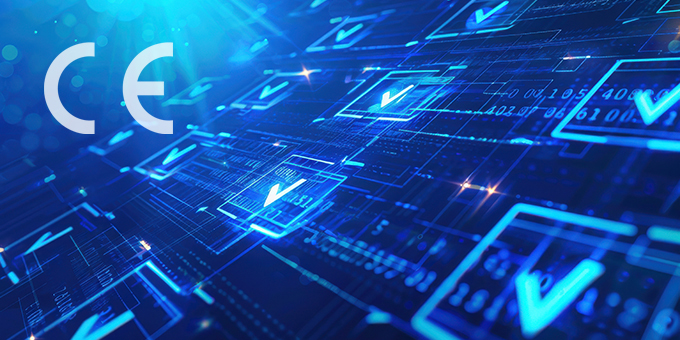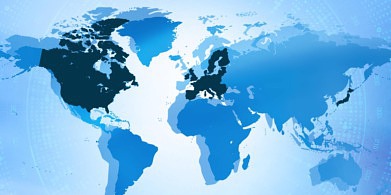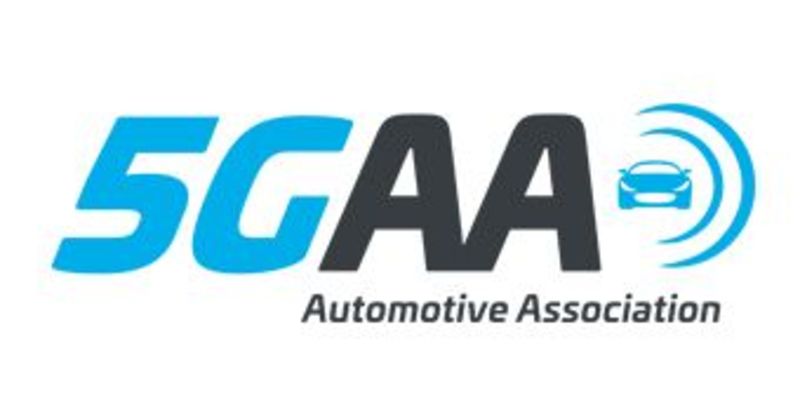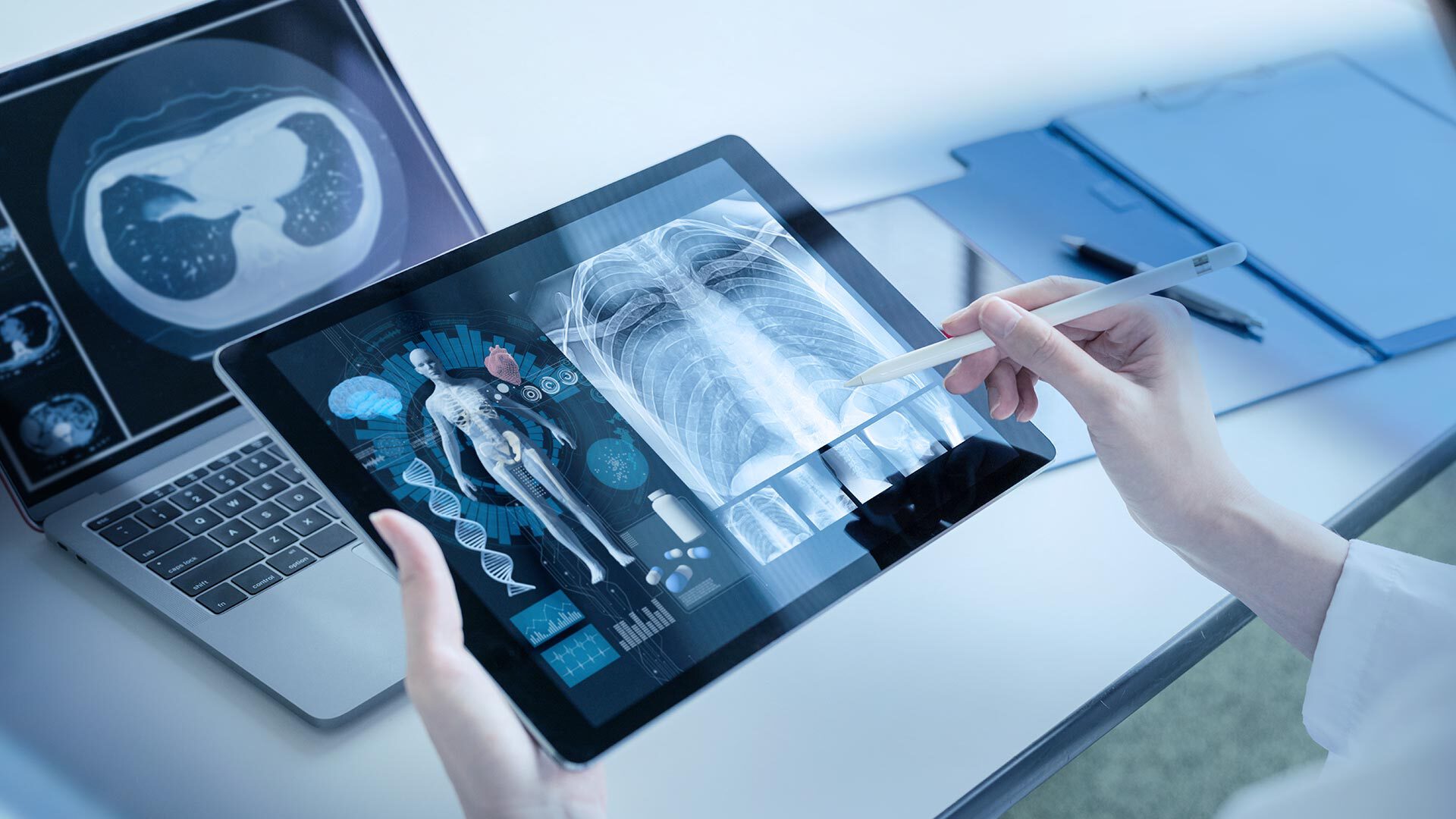Conformity assessment

The European Union (EU) has introduced strict regulations and standards for the conformity assessment of radio and telecommunications products. These measures are designed to ensure that products comply with European standards and offer a high level of quality and safety. In this technical article, we will provide a detailed insight into the conformity assessment procedure and explain the importance of this assessment for manufacturers, retailers and consumers.
1. What is a conformity process?
Conformity assessment is the process of determining whether a product meets the applicable legal requirements. In order to obtain a CE marking, products with radio technologies must meet the requirements defined by the European Radio Equipment Directive 2014/53/EU (RED). Key defined requirements are health and safety, electromagnetic compatibility and the efficient use of radio frequencies. The EU has defined specific guidelines and standards that manufacturers must follow when assessing conformity.
2. What tasks and challenges arise for manufacturers as part of the conformity process?

The conformity process for radio and telecommunications products in the European Union presents many challenges. Manufacturers of radio and telecommunications products for the EU market must ensure that their products comply with EU regulations.
The complexity of this should not be underestimated: The EU has a multitude of directives and regulations that apply to different product categories. It requires specialist knowledge to understand and implement the requirements. Manufacturers must ensure that their products always comply with the latest requirements. This requires continuous monitoring and adaptation of compliance processes.
In addition, there are technical requirements for radio and telecommunications products regarding compliance with norms and standards, e.g. frequency ranges, transmission power, modulation methods and reception sensitivity.
The conformity of products must be proven through extensive documentation. This includes the creation of technical documents/reports, test results, circuit diagrams and operating instructions.
The exact challenges may vary depending on the product category and the specific requirements of the EU directives. Manufacturers should therefore familiarize themselves with the relevant directives and, if necessary, consult experts or advisory bodies.
3. What roles do Notified Bodies play?

The EU has special organizations, so-called “Notified Bodies”, which are responsible for carrying out conformity assessments. These bodies are independent testing laboratories that check compliance with EU regulations and issue certificates to confirm the conformity of a product. Cooperation with a Notified Body is mandatory in some cases, while in other cases it is optional.
As a rule, conformity measurements in a test laboratory form the basis for issuing the declaration of conformity, as these cover the essential requirements of Article 3 of the RED. Of course, these measurements can also be carried out by the manufacturer. However, for reasons of quality assurance (Third-Party-Opinion), we recommend the involvement of an independent test house for the final conformity measurements.
If you deviate from harmonized standards or if these do not exist, a Notified Body can define specific tests and help to define the corresponding test plans. In the case of non-harmonized (country-specific) frequency ranges, the Notified Body can assist in the selection of suitable frequency bands so that manufacturers can bring their products to market.
A Notified Body can handle the necessary approvals for the countries of the European Economic Area (EEA) in accordance with the RED, prepares the type examination on the basis of the submitted documentation and issues a type examination certificate in the event of a positive result.
Although a self-declaration procedure is permitted, some products require independent testing or certification by the Notified Body.
cetecom advanced is a Notified Body for the preparation of a declaration of conformity and can provide support throughout the entire conformity process and with access to the European market.
4. How is a declaration of conformity structured?
A declaration of conformity for products with radio technologies, as required in the European Union, must fulfill a number of specific requirements to ensure that the product complies with the applicable legal and normative requirements. Here is a general structure that can be used as an example for such a declaration of conformity:
1. Header
- Name and address of the manufacturer: The full name and contact details of the company that manufactures or distributes the product in the EU.
- Authorized representative: If available, the contact details of the authorized representative based in the EU if the manufacturer is based outside the EU.
2. Product name
- Product name: The name of the product as it appears on the market.
- Model number: The specific model name or number of the product.
- Serial number: If applicable, the serial number or other identification number of the product.
3. Declaration of conformity
- Declaration: A clear statement that the product complies with the applicable legal requirements. For example: “We hereby declare that the above product complies with the requirements of the following directives:”
4. Directives and standards
- Applicable directives: List of the specific directives or regulations that the product complies with. For radio products in the EU, this is typically Directive 2014/53/EU (also known as the Radio Equipment Directive or RED).
- Applied standards: List of harmonized standards that have been used to assess conformity. For example, these could be standards for electromagnetic compatibility (EMC), safety and radio technologies.
5. Technical documentation
- Reference to technical documentation: Information on where the technical documentation proving the conformity of the product is kept. Normally, this documentation is kept for a period of at least ten years.
6. Signature
- Place and date: The place and date on which the declaration is issued.
- Signature: The signature of an authorized person of the manufacturer or the authorized representative.
- Name and position of the person signing: The name and position of the person who signed the declaration of conformity.
5. Market surveillance and sanctions
The EU has established market surveillance mechanisms to ensure that radio and telecommunications products continue to comply with the applicable regulations. This includes spot checks, product traceability and the power to withdraw non-compliant products from the market. Sanctions can be imposed on manufacturers and distributors if conformity requirements are breached.
6. How can cetecom advanced assist with the declaration of conformity and the approval of products?

- Independent verification
We work according to defined test procedures and standards to ensure that your products meet the requirements.
- Technical expertise
We have the necessary technical knowledge and expertise to assess the various aspects of conformity assessment. Through extensive testing and analysis, we ensure that your products meet the requirements for electrical safety, electromagnetic compatibility and other technical aspects.
- Certification and labeling
After successful testing, we confirm the conformity of your products and issue corresponding certificates. These certificates serve as proof of conformity and enable CE marking.
- In-house Notified Bodies
We work with our in-house Notified Bodies to ensure that our test results meet the necessary requirements.
- Quality control and monitoring
As an independent testing laboratory, we are subject to strict quality control and monitoring. This includes regular audits, review of test procedures and results and compliance with relevant standards and regulatio
7. Summary

Conformity assessment for radio and telecommunication products in the European Union is crucial to ensure that these products meet high standards of quality and safety. Manufacturers must take responsibility and carry out a thorough conformity assessment, while Notified Bodies play an important role in verifying conformity. The EU remains committed to effective market surveillance to ensure that only compliant products are available on the market.
As a Notified Body for various EU directives, cetecom advanced can assist with the CE marking process for radio and telecommunications products and help gain access to the European market.







